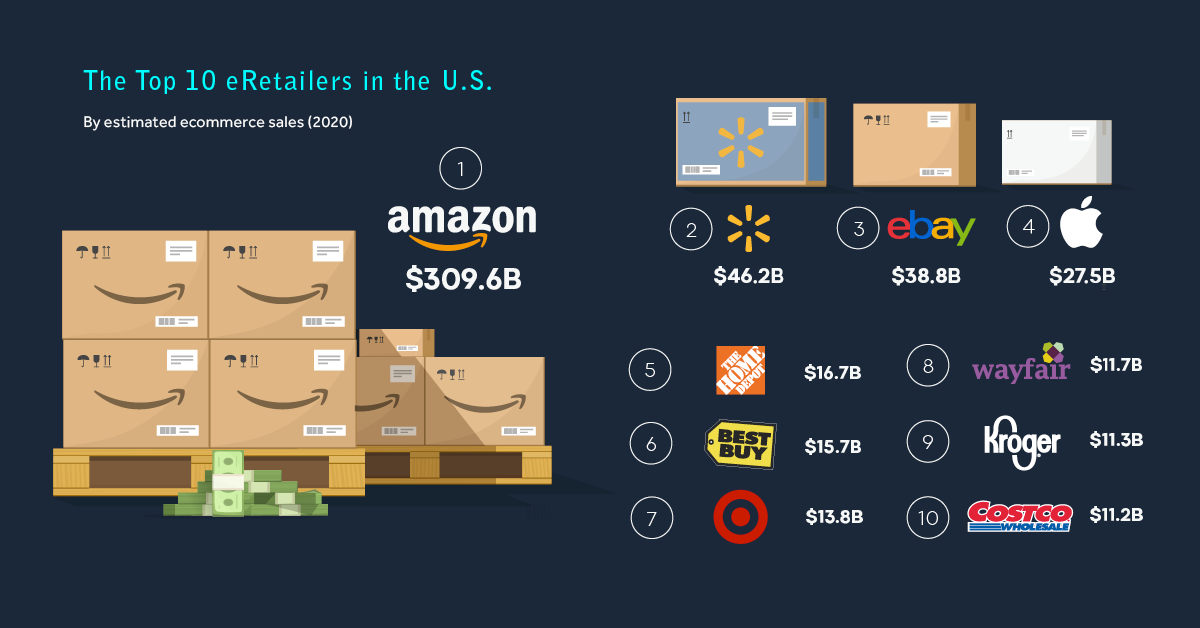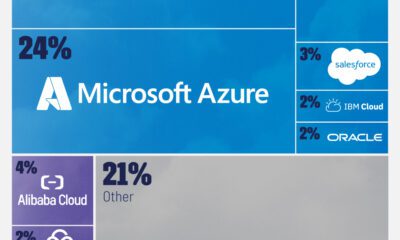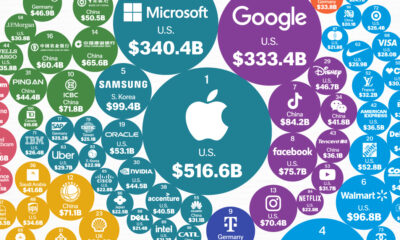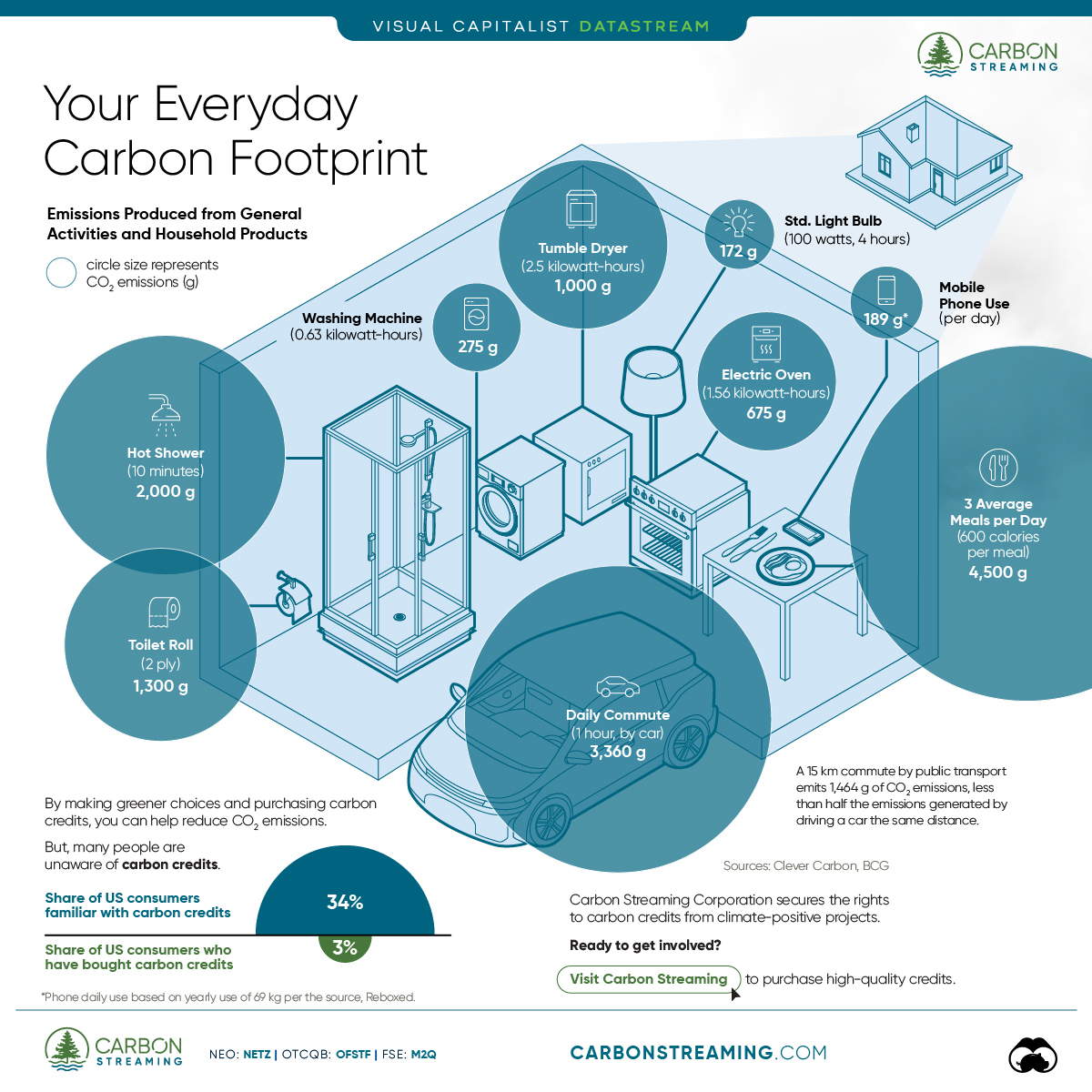Datastream
Which Companies Currently Dominate the U.S. Ecommerce Market?
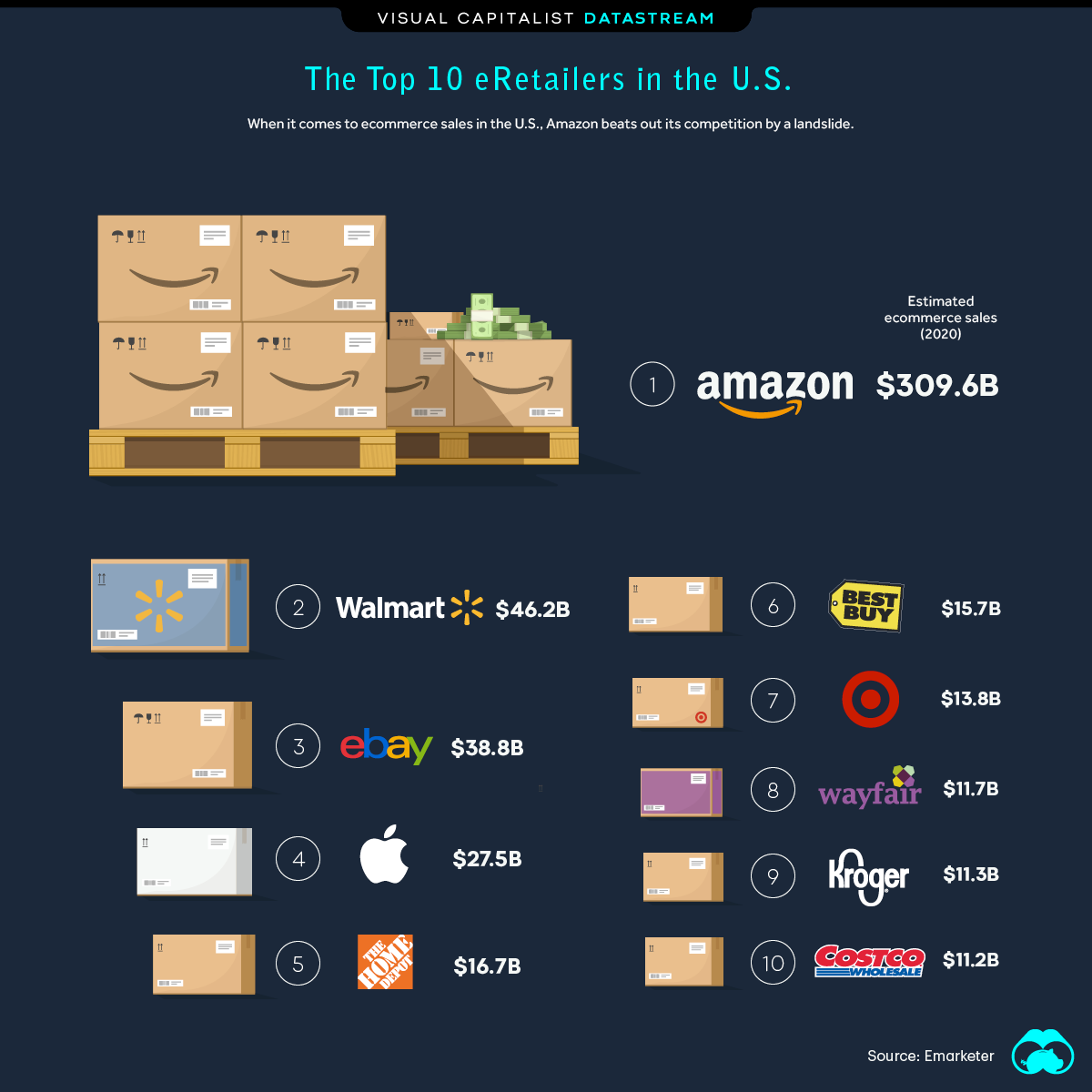
The Briefing
- The top 10 U.S. ecommerce companies are expected to generate over $500 billion in sales by the end of 2020
- That’s an estimated 63% of total ecommerce sales in the U.S.
The Companies Dominating the U.S. Ecommerce Market
While the migration online has been happening for years, COVID-19 has certainly helped to accelerate things, particularly when it comes to online shopping.
This year, the U.S. has seen a significant spike in online sales. By the end of 2020, ecommerce is expected to make up 14.5% of all U.S. retail sales, compared to 11% in 2019.
That’s the biggest year-over-year increase U.S. ecommerce has seen since 2008.
And, while online shopping overall has shown exceptional growth, only a small group of retailers make up the majority of sales—in 2020, the top 10 eretailers will capture an estimated 63% of total market share.
Who are the top players, and how much space do they take up in the U.S. ecommerce market?
| Company | Est. 2020 U.S. sales (billions) | % of total U.S. ecommerce sales |
|---|---|---|
| Amazon | $309.6 B | 39.0% |
| Walmart | $46.2 B | 5.8% |
| eBay | $38.8 B | 4.9% |
| Apple | $27.5 B | 3.5% |
| The Home Depot | $16.7 B | 2.1% |
| Best Buy | $15.7 B | 2.0% |
| Target | $13.8 B | 1.7% |
| Wayfair | $11.7 B | 1.5% |
| The Kroger Co. | $11.3 B | 1.4% |
| Costco Wholesale | $11.2 B | 1.4% |
Unsurprisingly, Amazon outranks its peers significantly, taking up 39.0% of the overall market. In contrast, the second-largest eretailer, Walmart, makes up only 5.8%.
As ecommerce continues to grow and mature, will competitors gain ground, or will Amazon continue to dominate the online world?
» Interested in ecommerce, and Amazon’s market dominance? Read our full article: Visualizing the Size of the World’s Most Valuable Retailer.
Where does this data come from?
Source: Emarketer.
Notes: Numbers have been rounded for clarity.
Datastream
Can You Calculate Your Daily Carbon Footprint?
Discover how the average person’s carbon footprint impacts the environment and learn how carbon credits can offset your carbon footprint.
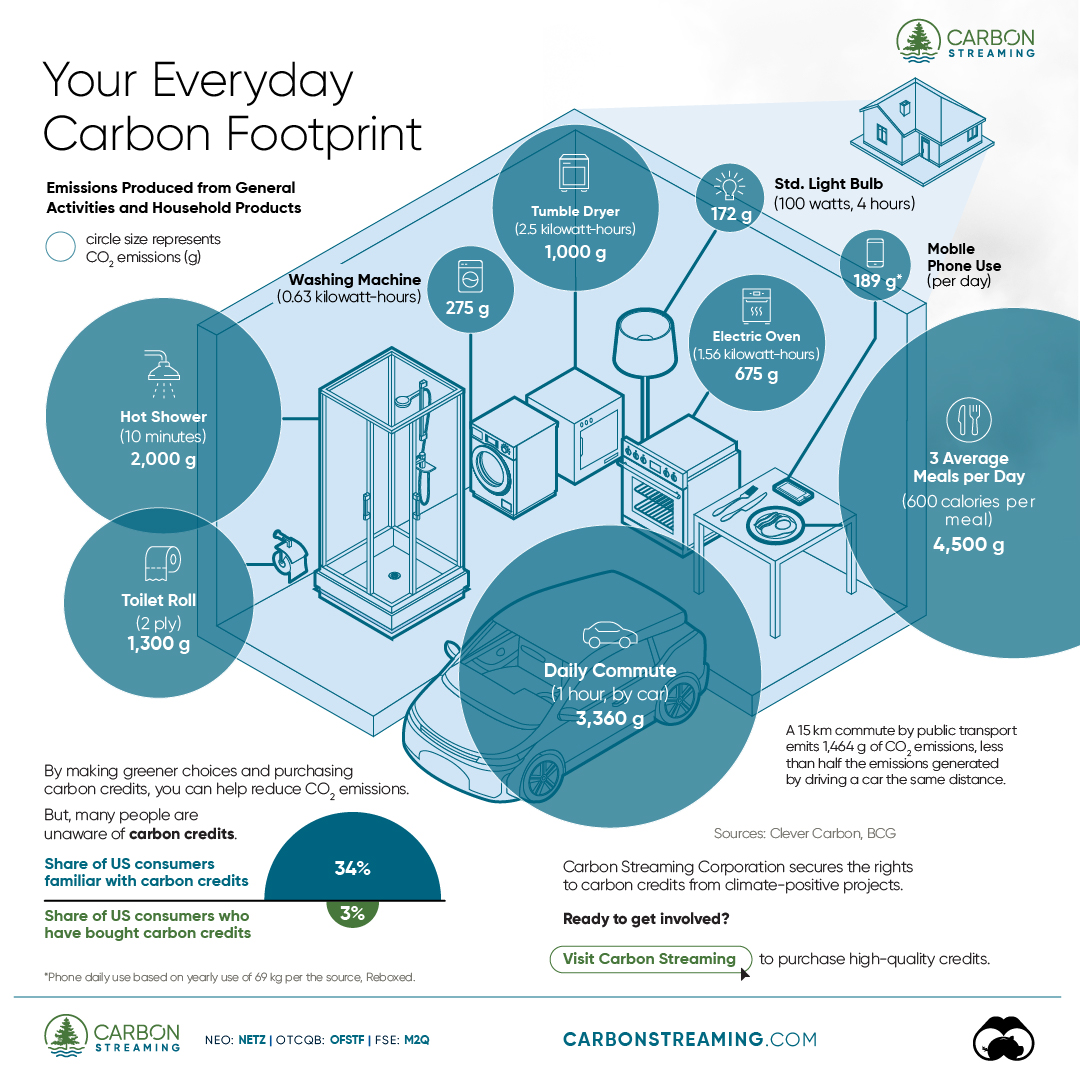
The Briefing
- A person’s carbon footprint is substantial, with activities such as food consumption creating as much as 4,500 g of CO₂ emissions daily.
- By purchasing carbon credits from Carbon Streaming Corporation, you can offset your own emissions and fund positive climate action.
Your Everyday Carbon Footprint
While many large businesses and countries have committed to net-zero goals, it is essential to acknowledge that your everyday activities also contribute to global emissions.
In this graphic, sponsored by Carbon Streaming Corporation, we will explore how the choices we make and the products we use have a profound impact on our carbon footprint.
Carbon Emissions by Activity
Here are some of the daily activities and products of the average person and their carbon footprint, according to Clever Carbon.
| Household Activities & Products | CO2 Emissions (g) |
|---|---|
| 💡 Standard Light Bulb (100 watts, four hours) | 172 g |
| 📱 Mobile Phone Use (195 minutes per day)* | 189 g |
| 👕 Washing Machine (0.63 kWh) | 275 g |
| 🔥 Electric Oven (1.56 kWh) | 675 g |
| ♨️ Tumble Dryer (2.5 kWh) | 1,000 g |
| 🧻 Toilet Roll (2 ply) | 1,300 g |
| 🚿 Hot Shower (10 mins) | 2,000 g |
| 🚙 Daily Commute (one hour, by car) | 3,360 g |
| 🍽️ Average Daily Food Consumption (three meals of 600 calories) | 4,500 g |
| *Phone use based on yearly use of 69kg per the source, Reboxed | |
Your choice of transportation plays a crucial role in determining your carbon footprint. For instance, a 15 km daily commute to work on public transport generates an average of 1,464 g of CO₂ emissions. Compared to 3,360 g—twice the volume for a journey the same length by car.
By opting for more sustainable modes of transport, such as cycling, walking, or public transportation, you can significantly reduce your carbon footprint.
Addressing Your Carbon Footprint
One way to compensate for your emissions is by purchasing high-quality carbon credits.
Carbon credits are used to help fund projects that avoid, reduce or remove CO₂ emissions. This includes nature-based solutions such as reforestation and improved forest management, or technology-based solutions such as the production of biochar and carbon capture and storage (CCS).
While carbon credits offer a potential solution for individuals to help reduce global emissions, public awareness remains a significant challenge. A BCG-Patch survey revealed that only 34% of U.S. consumers are familiar with carbon credits, and only 3% have purchased them in the past.
About Carbon Streaming
By financing the creation or expansion of carbon projects, Carbon Streaming Corporation secures the rights to future carbon credits generated by these sustainable projects. You can then purchase these carbon credits to help fund climate solutions around the world and compensate for your own emissions.
Ready to get involved?
>> Learn more about purchasing carbon credits at Carbon Streaming
-
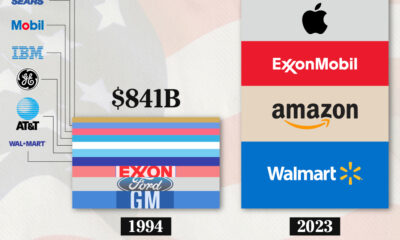
 Markets2 weeks ago
Markets2 weeks agoAmerica’s Top Companies by Revenue (1994 vs. 2023)
-

 Environment2 weeks ago
Environment2 weeks agoRanked: Top Countries by Total Forest Loss Since 2001
-
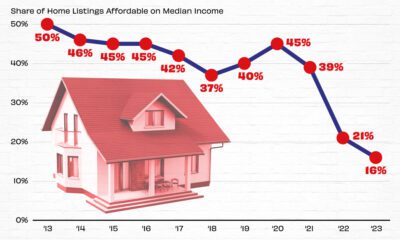
 Real Estate2 weeks ago
Real Estate2 weeks agoVisualizing America’s Shortage of Affordable Homes
-
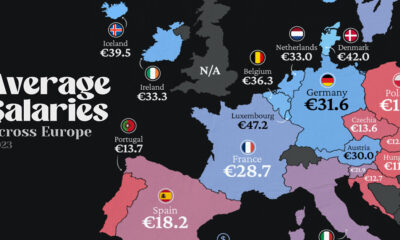
 Maps2 weeks ago
Maps2 weeks agoMapped: Average Wages Across Europe
-

 Mining2 weeks ago
Mining2 weeks agoCharted: The Value Gap Between the Gold Price and Gold Miners
-
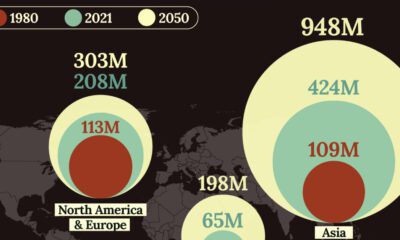
 Demographics2 weeks ago
Demographics2 weeks agoVisualizing the Size of the Global Senior Population
-
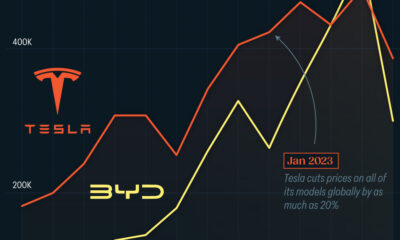
 Automotive2 weeks ago
Automotive2 weeks agoTesla Is Once Again the World’s Best-Selling EV Company
-

 Technology2 weeks ago
Technology2 weeks agoRanked: The Most Popular Smartphone Brands in the U.S.

